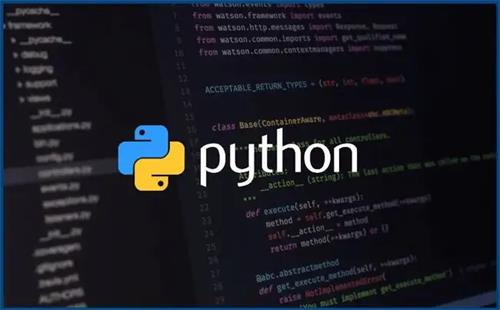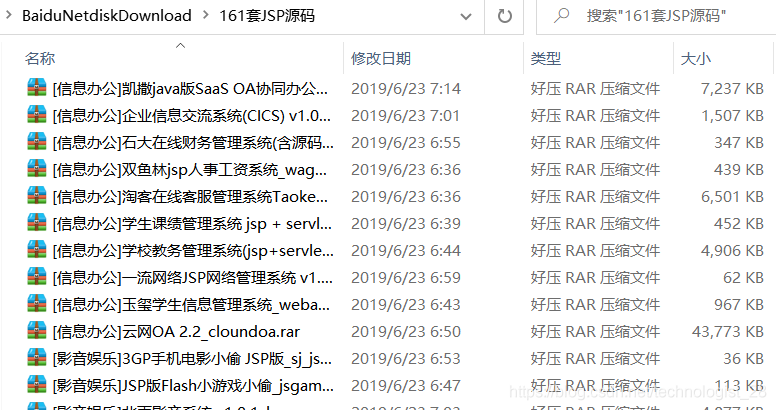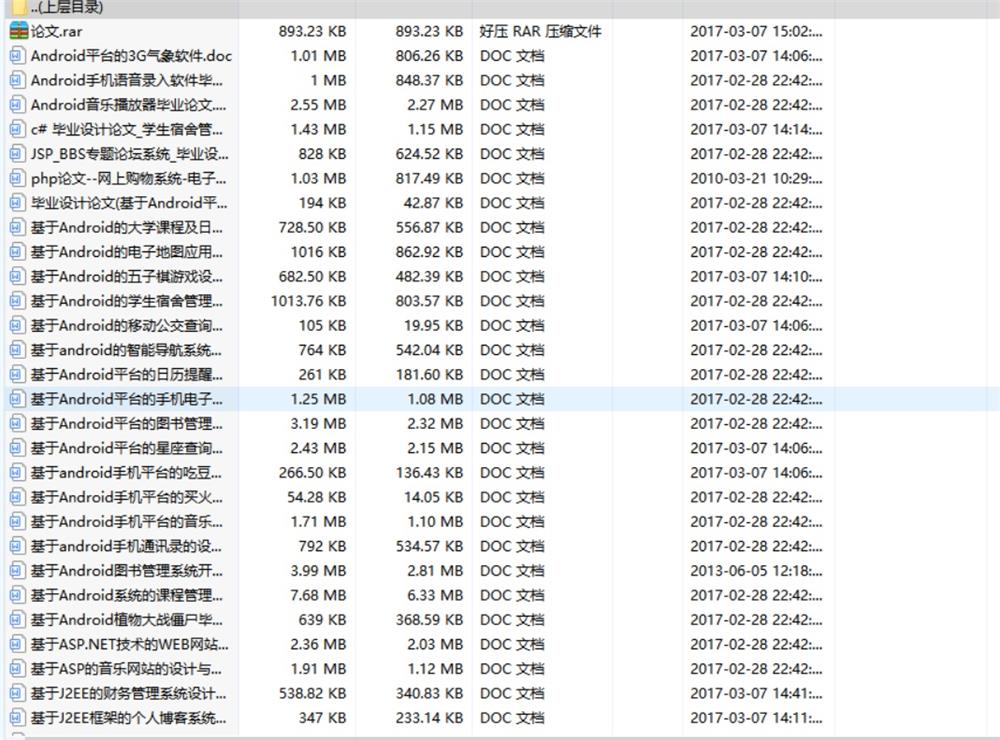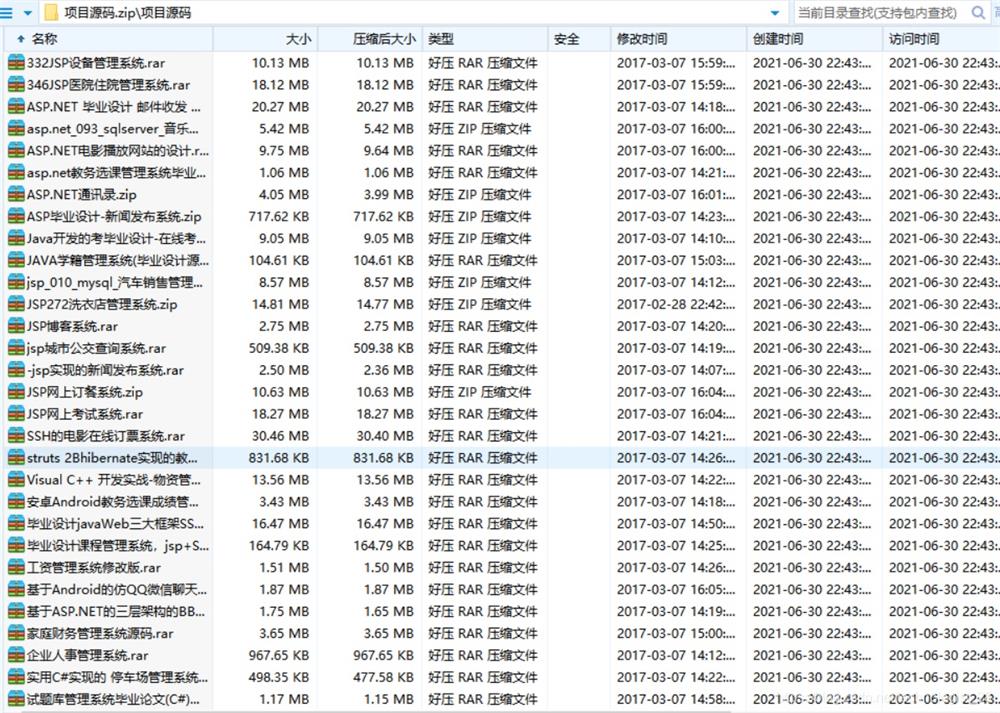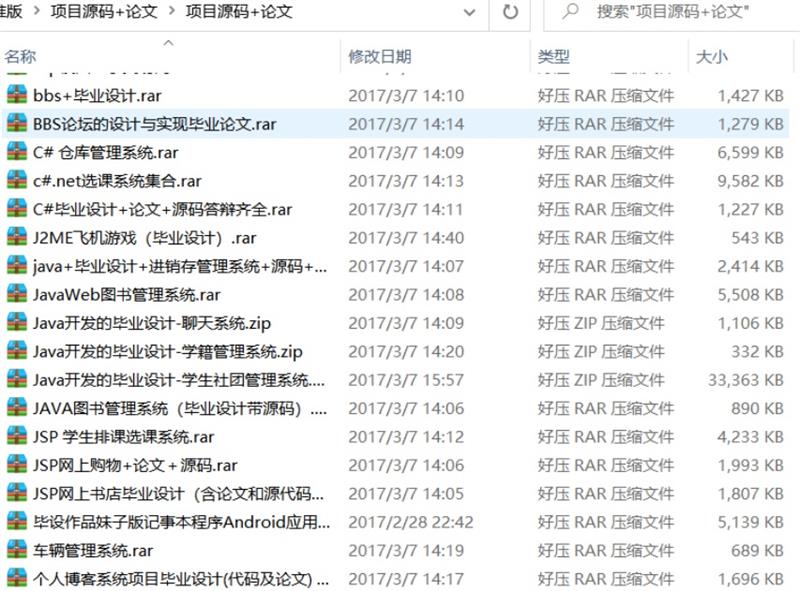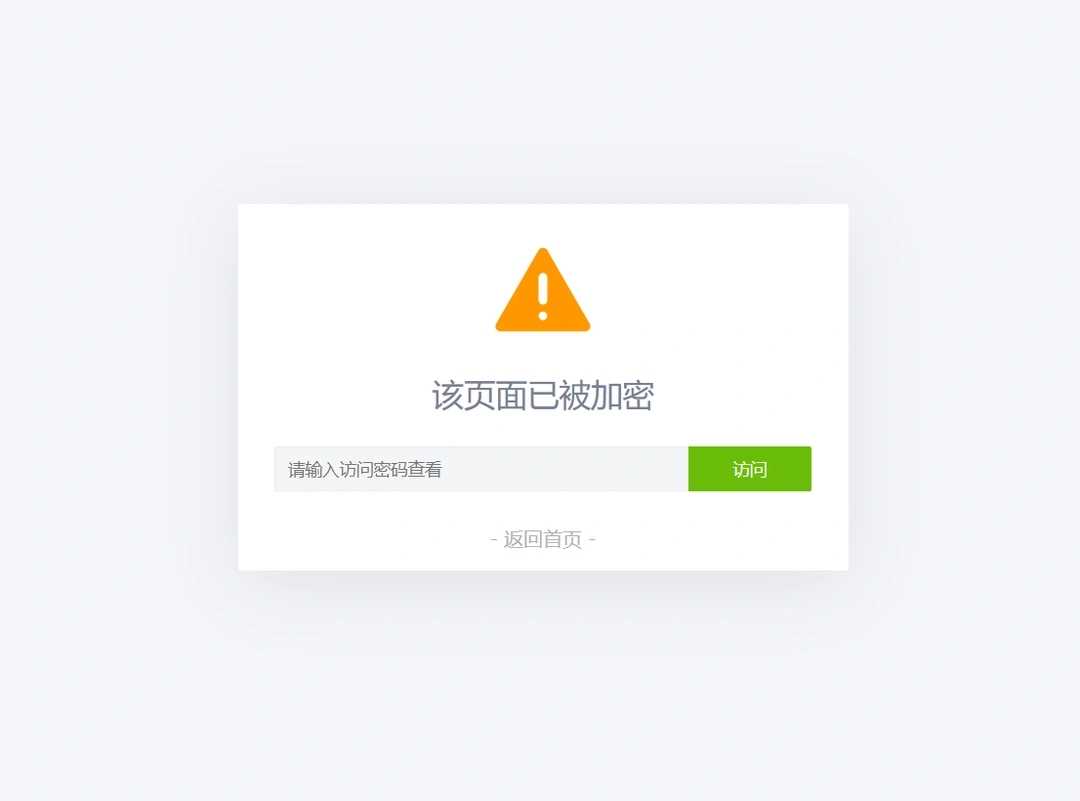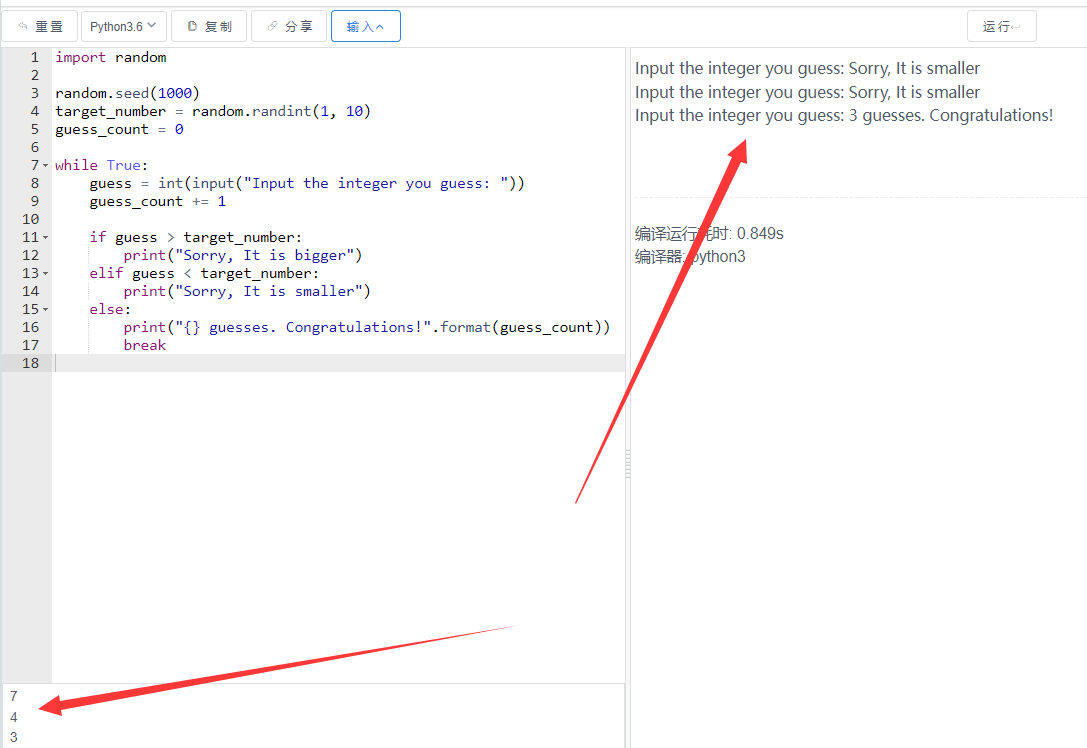自然语言处理(NLP)和文本挖掘是数据科学中的重要领域,涉及对文本数据的分析和处理。Python 提供了丰富的库和工具,用于执行各种 NLP 和文本挖掘任务。以下是一些常见的任务和实现方法,结合代码示例和理论解释。
1. 常见的 NLP 和文本挖掘任务
1.1 文本预处理
文本预处理是 NLP 的第一步,包括去除噪声、分词、去除停用词等。
import nltk
from nltk.corpus import stopwords
from nltk.tokenize import word_tokenize
import string
# 下载 NLTK 数据
nltk.download('punkt')
nltk.download('stopwords')
# 示例文本
text = "This is a sample text for natural language processing. It includes punctuation and stopwords."
# 分词
tokens = word_tokenize(text)
# 去除标点符号和停用词
stop_words = set(stopwords.words('english'))
filtered_tokens = [word for word in tokens if word.lower() not in stop_words and word not in string.punctuation]
print(filtered_tokens)1.2 词性标注
词性标注是将文本中的单词标注为名词、动词、形容词等。
from nltk import pos_tag
# 词性标注
tagged = pos_tag(filtered_tokens)
print(tagged)1.3 命名实体识别(NER)
命名实体识别是识别文本中的实体,如人名、地名、组织名等。
from nltk import ne_chunk
# 命名实体识别
entities = ne_chunk(tagged)
print(entities)1.4 情感分析
情感分析是判断文本的情感倾向,如正面、负面或中性。
from textblob import TextBlob
# 示例文本
text = "I love this product! It is amazing."
blob = TextBlob(text)
# 情感分析
sentiment = blob.sentiment
print(sentiment)1.5 主题建模
主题建模是发现文本数据中的主题。
from sklearn.feature_extraction.text import CountVectorizer
from sklearn.decomposition import LatentDirichletAllocation
# 示例文本
documents = ["This is a sample document.", "Another document for NLP.", "Text mining is fun."]
# 向量化
vectorizer = CountVectorizer(stop_words='english')
X = vectorizer.fit_transform(documents)
# 主题建模
lda = LatentDirichletAllocation(n_components=2, random_state=42)
lda.fit(X)
# 输出主题
for topic_idx, topic in enumerate(lda.components_):
print(f"Topic {topic_idx}:")
print(" ".join([vectorizer.get_feature_names_out()[i] for i in topic.argsort()[:-11:-1]]))1.6 文本分类
文本分类是将文本分配到预定义的类别中。
from sklearn.feature_extraction.text import TfidfVectorizer
from sklearn.naive_bayes import MultinomialNB
from sklearn.pipeline import make_pipeline
# 示例数据
texts = ["I love this product!", "This is a bad product.", "I am happy with the service."]
labels = [1, 0, 1] # 1 表示正面,0 表示负面
# 创建分类器
model = make_pipeline(TfidfVectorizer(), MultinomialNB())
# 训练模型
model.fit(texts, labels)
# 预测
predicted_labels = model.predict(["I am very satisfied with the product."])
print(predicted_labels)2. 文本挖掘任务
2.1 文本聚类
文本聚类是将文本分组到不同的类别中。
from sklearn.cluster import KMeans
# 向量化
vectorizer = TfidfVectorizer(stop_words='english')
X = vectorizer.fit_transform(documents)
# 聚类
kmeans = KMeans(n_clusters=2, random_state=42)
kmeans.fit(X)
# 输出聚类结果
print(kmeans.labels_)2.2 关键词提取
关键词提取是从文本中提取重要的词汇。
from rake_nltk import Rake
# 示例文本
text = "Natural language processing is a field of study that focuses on the interactions between computers and human language."
# 关键词提取
rake = Rake()
rake.extract_keywords_from_text(text)
keywords = rake.get_ranked_phrases()
print(keywords)2.3 文本摘要
文本摘要是从长文本中提取关键信息。
from gensim.summarization import summarize
# 示例文本
text = "Natural language processing is a field of study that focuses on the interactions between computers and human language. It involves various tasks such as text classification, sentiment analysis, and machine translation."
# 文本摘要
summary = summarize(text)
print(summary)3. 总结
Python 提供了丰富的库和工具,用于执行各种自然语言处理和文本挖掘任务。通过使用 NLTK、TextBlob、Scikit-learn、Gensim 等库,你可以轻松地进行文本预处理、词性标注、情感分析、主题建模、文本分类、文本聚类、关键词提取和文本摘要等任务。希望这些代码示例和解释能帮助你更好地理解和应用自然语言处理和文本挖掘技术。
到此这篇关于Python中自然语言处理和文本挖掘的常规操作详解的文章就介绍到这了,更多相关Python自然语言处理和文本挖掘内容请搜索QQ沐编程以前的文章或继续浏览下面的相关文章希望大家以后多多支持QQ沐编程!
© 版权声明
本站资源来自互联网收集,仅供用于学习和交流,请勿用于商业用途。如有侵权、不妥之处,请联系站长并出示版权证明以便删除。敬请谅解!
THE END
